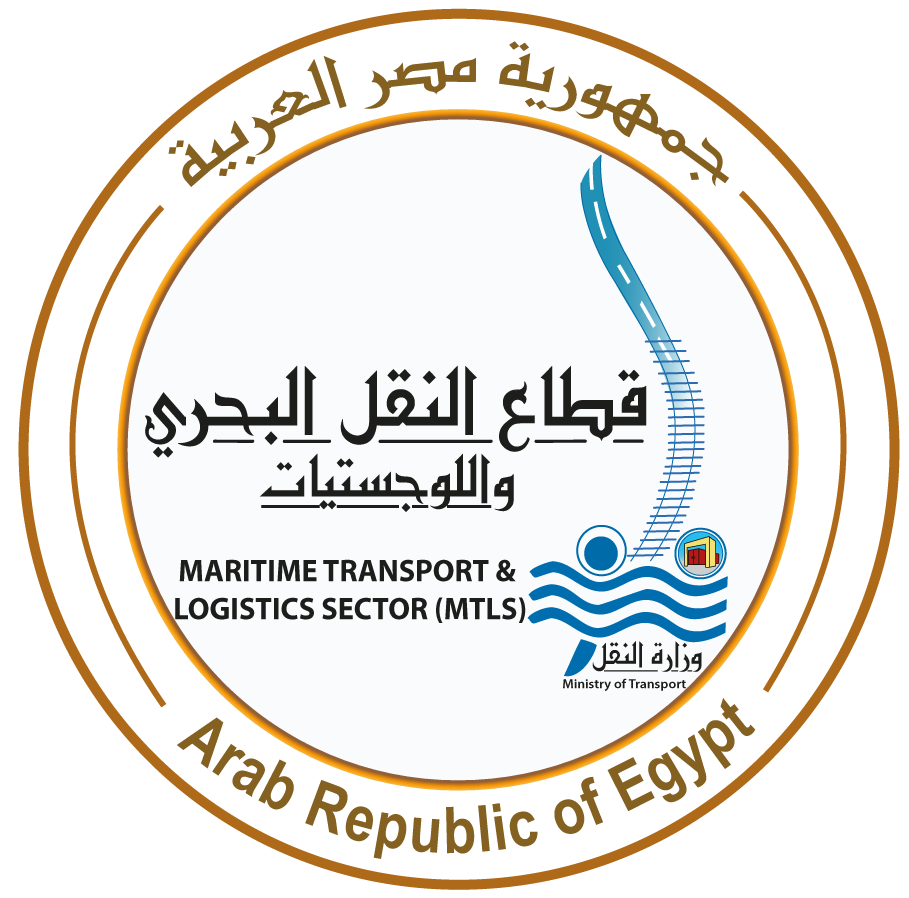| Maritime Transport & Logistics Sector (MTS) | The Study was carried out |
|---|---|
| Maritime Transport & Logistics Sector (MTS) | The agency carrying out the Study |
| 2018 | Year of Publication |
| Purpose of the Study |
| Conclusions |
I. To encourage transshipment traffic at East Port Said Port, we propose the following:
II. Suez Canal Container Handling Company (SCCT), , we propose the following:
| Recommendations |
- Vision and mission
- Egypt’s Port Development Strategy 2030
- MTS Objectives
- Definitions
- Specializations of the Maritime Transport & Logistics Sector
- The main entities dealing with the maritime transport and logistics sector
- Achievement Reports
- Studies From 2017 to 2023
- Studying to measures to confront the international challenges facing the transportation and logistics sector
- Study of converting Egyptian commercial ports into logistical ports, “Final Report”
- Study of developing the Egyptian commercial fleet to serve Egypt’s foreign trade within the framework of Egypt’s Vision 2030
- A Study on The Extreme Conditions of Waves & Their Impact on the Design of Breakwaters
- A Study on Sedimentation Tendencies in Damietta Port
- A Study on The Environmental Impact of Establishing a New Breakwater West of Damietta Port & Raising the Efficiency and Upgrading The Eastern Breakwater of Damietta Port
- A Study on The prospects of Facilitating Cargo Traffic Between Egypt and African Countries Using Maritime Transport
- A comparative study on The Competition of East Port Said Port with Ports in the Eastern Mediterranean
- Market study for the establishment of a second container terminal in Damietta Port
